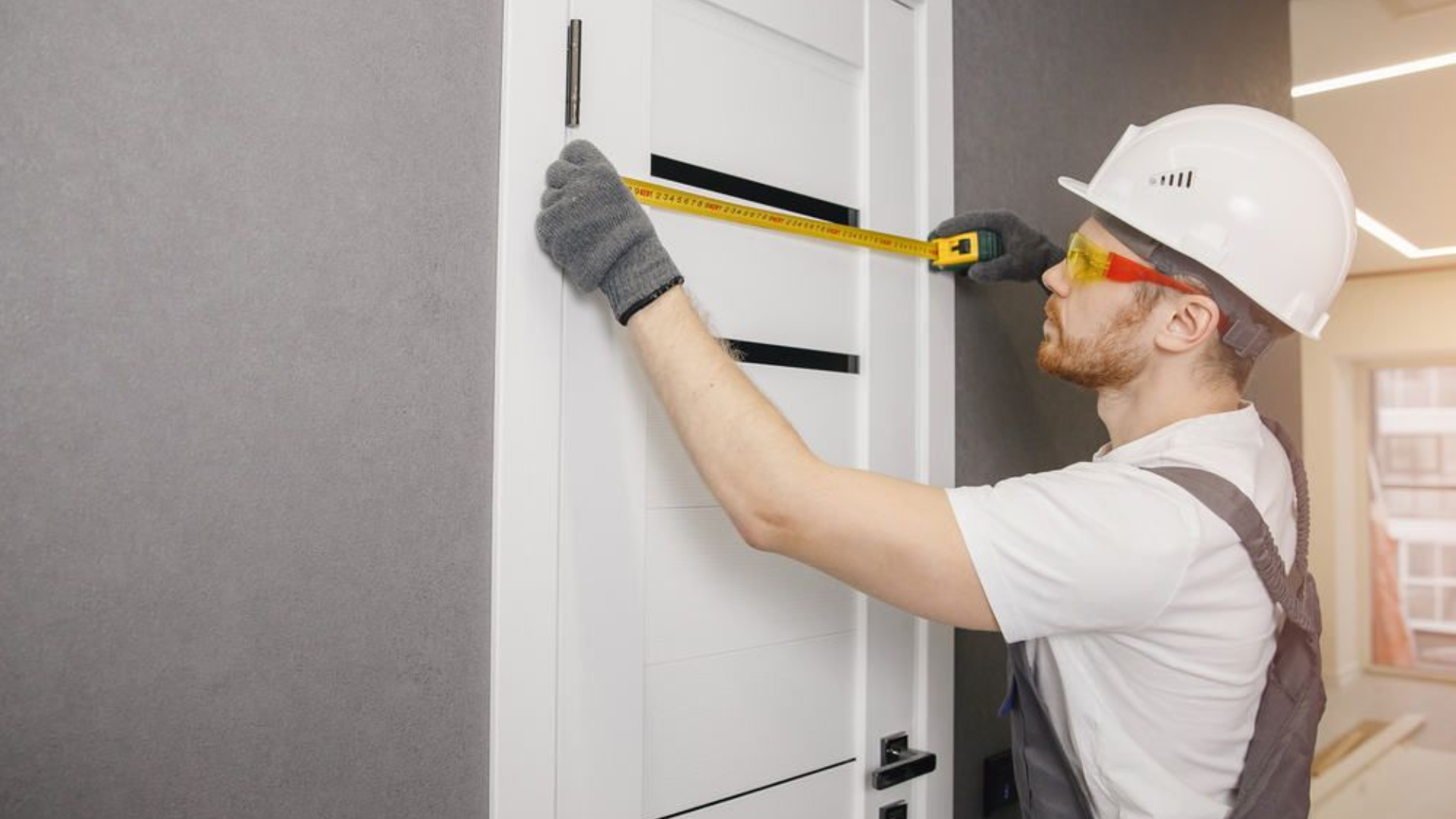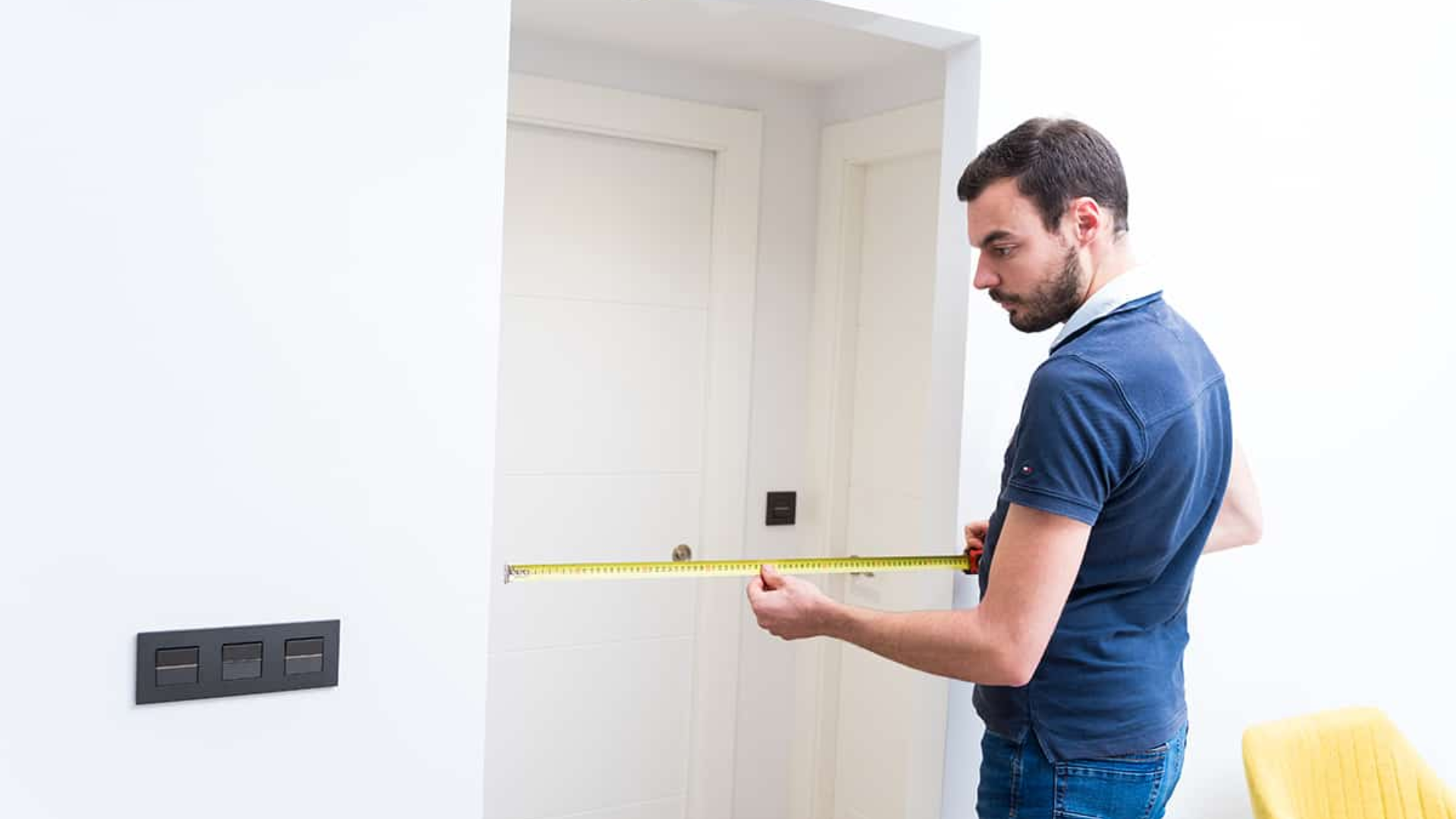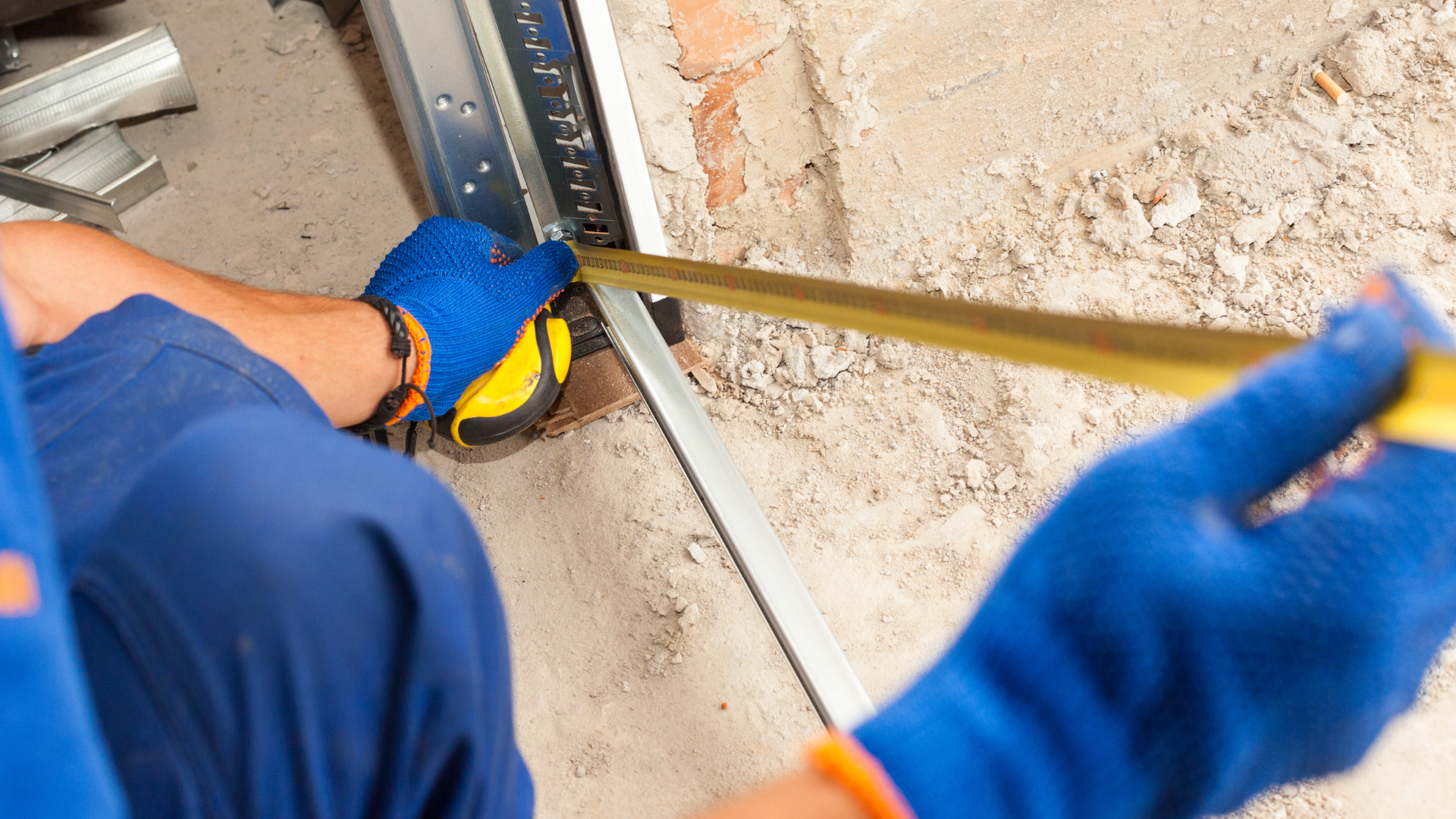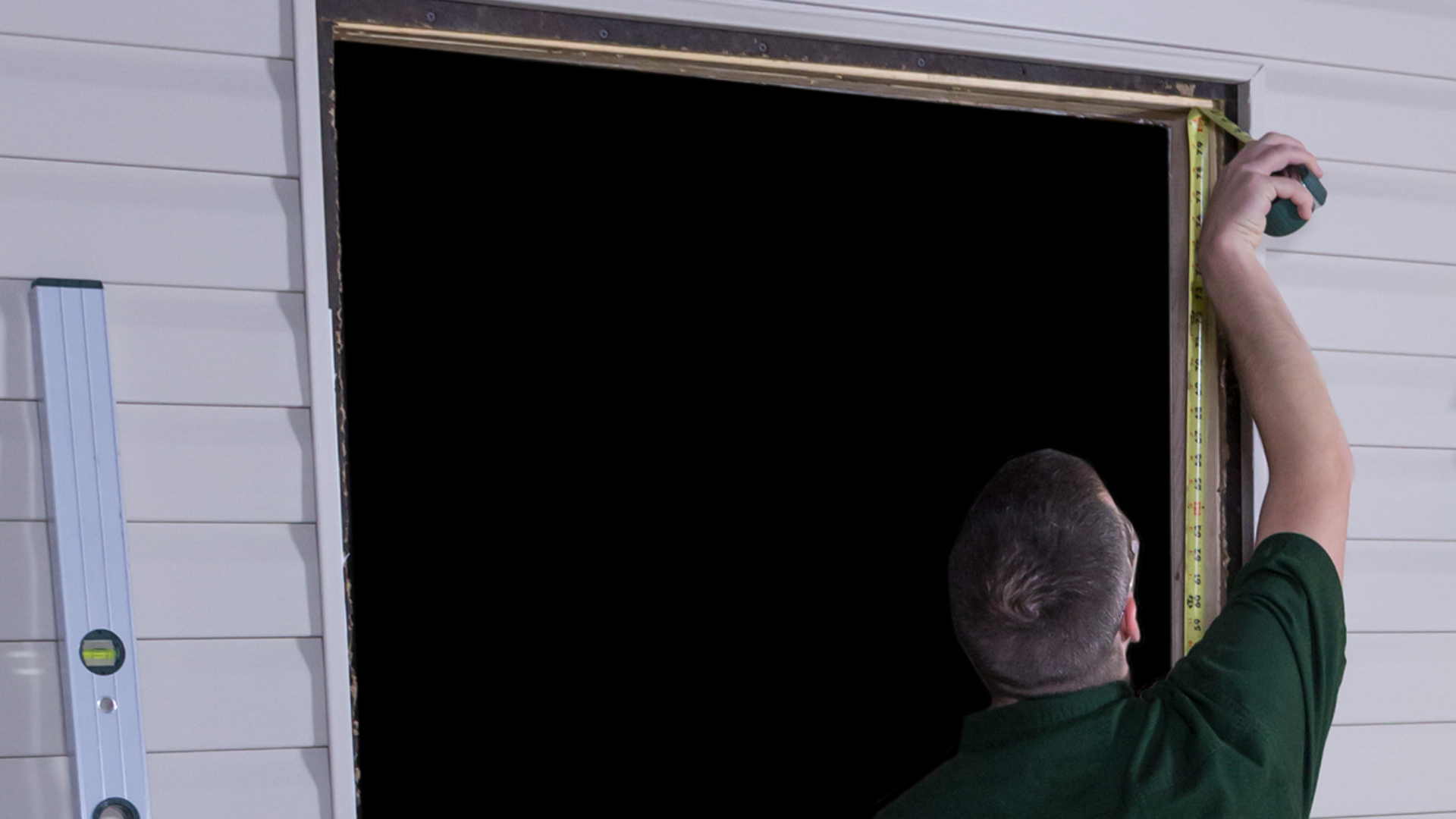When you’re installing a 36×80 door, one of the most important steps is getting the right rough opening size.
If the opening is too big or too small, you could face issues like drafts, water leaks, or a door that doesn’t fit properly.
I know it can be confusing, and getting those measurements just right is crucial for a smooth installation.
You don’t want to waste time or resources, and I’m here to help you avoid those mistakes.
I’ll guide you through the ideal rough opening size for your 36×80 door and explain why it’s so important to get it right.
You’ll also learn how small adjustments can make a big difference. By the end, you’ll have the knowledge to confidently tackle your door installation.
So, if you’re looking for clear answers to make sure your door fits perfectly, you’ve come to the right place.
Understanding Rough Opening

A rough opening is the framed space in a wall where a door and its frame will be installed.
It’s not the exact size of the door itself but the space required for the door frame to fit properly, allowing for slight adjustments during installation.
This extra space is essential to ensure the door functions smoothly once installed.
The size of the rough opening is critical-if it’s too small, the door might not fit, causing issues like difficulty in opening or closing.
On the other hand, if the opening is too large, it can create gaps around the door, which may lead to drafts, air leaks, or water infiltration.
Both situations can affect the door’s performance and durability.
Ensuring the correct rough opening size guarantees that the door is properly installed, sealed, and able to operate as intended, providing a secure and efficient fit in your home or building.
What Is the Ideal Rough Opening Size for a 36×80 Door?

The ideal rough opening size for a 36×80 door is 38 inches wide by 82.5 inches tall.
This extra space ensures proper door fitment and smooth installation, allowing for essential adjustments.
Why the Extra Space?
- Framing: Ensures the door frame fits squarely and level within the wall.
- Shimming: Allows for minor adjustments during installation to ensure a tight, secure fit.
- Material Expansion: Accommodates slight changes in materials due to humidity or temperature fluctuations, preventing door issues over time.
By allowing this extra space, you make sure that your 36×80 door operates smoothly, preventing gaps, drafts, or other common installation issues.
Rough Opening for a 36 Door

When you’re installing a 36-inch wide door, the rough opening should typically be 38 inches wide. This allows for the necessary space to install the door frame properly, with enough room for adjustments and shimming during the installation process.
Rough Opening for 36 Door: Key Considerations
- Door Type: The rough opening size can vary depending on whether you’re using a prehung door (a door already mounted in its frame) or a slab door (just the door itself, without a frame).
- Frame Material: The material of the frame (wood, metal, etc.) may affect the rough opening size due to variations in thickness.
- Manufacturer Specifications: Always check the door manufacturer’s specifications for precise measurements. Some doors may require slight adjustments based on style or design.
Ensuring the correct rough opening size helps with smooth door functionality and proper installation.
How to Adjust the Rough Opening if Necessary

If your rough opening is too small or too large, adjustments are necessary to ensure a proper fit for your door. Making sure the rough opening is the right size can prevent installation issues and ensure your door functions correctly.
- Modifying the Frame: If the opening is too small, you can enlarge it by trimming the framing. If it’s too large, you can use shims to reduce the size and fill any gaps, ensuring a secure fit for the door frame.
- Custom Doors: For custom or non-standard doors, you may need to adjust the rough opening based on the manufacturer’s specifications. Always check the door’s required measurements and make necessary modifications for a perfect fit.
Why Is a Proper Rough Opening Critical?
A proper rough opening is essential for ensuring your door functions well and lasts longer. This is why it’s so important:
- Prevents Leaks: A properly sized rough opening ensures that the door frame fits securely, preventing air and water leaks. This helps improve insulation, reduce drafts, and enhance energy efficiency.
- Easy Installation: Accurate rough openings make installation quicker and easier, reducing the need for time-consuming adjustments and ensuring a smooth setup from the start.
- Increased Durability: A correct rough opening helps protect the door, frame, and seals from unnecessary wear and tear. Improper sizing can lead to stress on the components, shortening their lifespan and requiring costly repairs down the line.
Common Mistakes to Avoid
When installing a door, it’s easy to make mistakes that can affect its performance and longevity. Some common errors to watch out for are:
- Incorrect Width or Height: Measuring the door frame instead of the rough opening can lead to a poor fit, causing installation issues and improper door function.
- Ignoring Expansion Gaps: Not allowing extra space for material expansion can cause sticking or warping over time. Always leave room for adjustments to ensure smooth operation.
Conclusion
Getting the right rough opening size for your 36×80 door is key to a smooth and successful installation.
When the rough opening is the correct size, it ensures your door fits well, operates properly, and is protected from issues like drafts or leaks.
It also helps the installation process go faster and reduces the chances of needing adjustments later on. I hope this guide helped you understand how to measure and adjust your rough opening for the best fit.
Remember, taking the time to get the measurements right up front will save you headaches down the road.
If you’re installing a custom door or making adjustments, always refer to the manufacturer’s instructions to ensure a perfect fit.
With the right rough opening, your door will not only look great but will also last longer and perform better.
Frequently Asked Questions
What happens if my rough opening is too small?
If the rough opening is too small, the door may not fit properly, causing issues like difficulty in opening or closing.
Can I adjust the rough opening if it’s too large?
Yes, if the rough opening is too large, you can use shims or adjust the framing to reduce the size and ensure a secure fit.
Do custom doors need different rough opening measurements?
Yes, custom doors may require different rough opening sizes, so it’s important to check the manufacturer’s specifications before proceeding.

